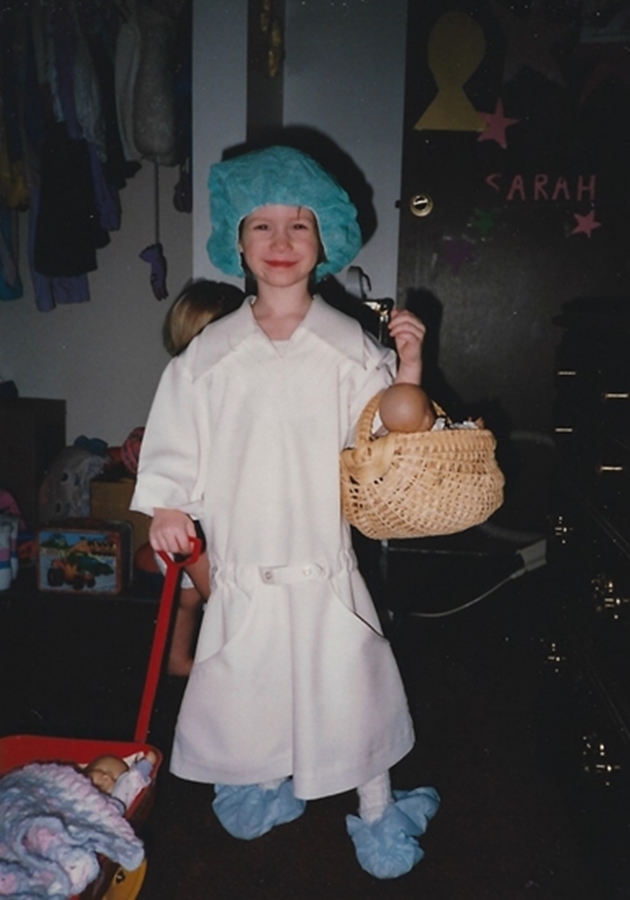No One to Care for Patients
The “National Data on Caregivers” show approximately fifty-three million adult caregivers in the United States. Between 2015 and 2021, the United States saw a 21% increase in adults providing unpaid care to their family members. Why such a significant increase? One reason suspected is the shortage of individuals entering the job market interested in healthcare as a career option. With the decrease in available healthcare workers, a staffing crisis occurred, negatively influencing caregiving. No one’s at the hospital to care for the sick and injured.
Culture Shift Away from Service Careers
Why is there a staffing crisis in healthcare? The change has to do with a culture shift. As baby boomers retire, fewer trained healthcare workers are available to fill their shoes. Healthcare is a teamwork, on-site, hands-on, often thankless, service-oriented industry. Today’s social culture promotes independent work, “what’s in it for me” attitudes, with lots of computer use, self-scheduling, lots of free time, the ability to offer alternate points of view, and very little interpersonal interaction.
Today’s culture does not gravitate toward working in the healthcare field. At one time, healthcare jobs paid big money and held prestige: not anymore. Instead, applicants can choose from a variety of other jobs that pay more with better or equal benefits without working nights or weekends and do not have the potential to expose them to bodily harm from patient violence or lethal infections. Furthermore, those “other” jobs allow them to work from home and negotiate schedules, time off, work assignments, what they wear, and how they behave. They would never see a job like that in healthcare!
“Home is Better” Strategy
Therefore, healthcare recruiters are struggling unsuccessfully to hire replacements for their retiring baby boomers. The healthcare industry began planning ways to address the impending shortage of healthcare professionals in the ’80s and ’90s. Many ideas floated through the hallowed halls of health regulatory agencies. One such idea involved discharging patients home earlier in their recovery process. The healthcare industry applauded the proposal’s merits that “home was better” because fewer germs lived in a patient’s home than in a hospital. The idea took hold and is in effect today.
Hospitals are Full of Germs
I agree the idea has merit. I do everything I can to keep my family member away from hospitals for that very reason. Hospitals are nasty. Every day hundreds of patients and visitors bring their bacteria, viruses, and fungi with them contaminating floors, touching buttons, smearing handrails, and wiping the walls of the hospital. The bottoms of their shoes bring in every germ they picked up as they walked along the germ-infested highway-of-life leading up to the hospital doorway on their way there.
Germs are Contained at Home
Whereas in a home, limited family travel reduces patient exposure. Furthermore, at-home care is provided on a 1:1 basis rather than by staff shared with 6-8 other patients, any of whom may have some horrible contagious germ transmissible by contact or air. Therefore, I grant the honored professors this point that home is safer than hospitals for preventing infections, provided I can add the following caveat.
Germ Theory Fails Without Training
Their germ theory only works if the family (1) knows how to properly perform necessary procedures to care for the patient and (2) understands risk factors and how to identify when a problem is developing. If the family does not properly care for the patient, harm will occur, and the patient will become worse instead of better. Furthermore, if the family does not recognize complications or when something is going wrong, the patient’s health will decline, and healing will not occur. Therefore, family education and training are essential for this to work.
According to survey results, early discharge home promotes greater patient satisfaction because patients receive quicker help when needed. In addition, their living space for recovery provides greater comfort and privacy.
Early Discharge Equals More Money for Hospitals
Note: The faster turn-around in rooms means other patients have an opportunity for care sooner. Hospitals receive a significant benefit from quick turn-around times. When a hospital can decrease the inpatient days for a diagnostic code (the code assigned by insurance companies for payment of a medical claim), they get to keep the extra money above the cost of caring for the patient.
Home Health Not Sufficient to Handle Support to Families
While the government’s plan to move hospital care to homes has many benefits for the healthcare industry, plans to support families burdened by the additional care requirements are not evident other than the addition of training of families by home health nurses.
Will home health be able to provide families with the training support needed? Not likely. First, not all families receive orders for home health care. Second, when regulations added home health training as a requirement, the amount of documentation added created a significant burden on the nursing staff who had to do the training. The result created a conflict between meeting regulatory requirements for documentation and providing quality training.
Patient Outcomes May Be Compromised
Many nurses compromise by providing written instructions with limited in-person training time. When this happens, families do not receive the opportunity to practice until comfortable with the procedure or competent.
Families Left to Manage on their Own
The complexity of home care gets greater each year, but help for families has not met the demand for change. Resources remain inadequate, training minimal or absent, and regulations just get in the way.

